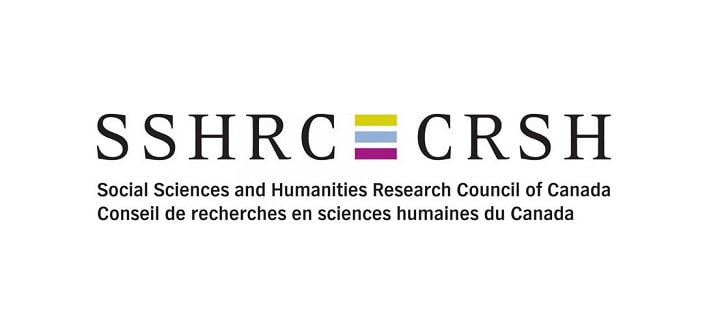|
Where does prejudice come from? Who is stigmatized, and why?
Our ongoing research seeks to understand the different ways that people are stigmatized. For example, why do people fear some stigmatized groups, but feel disgust or pity toward others? How do people manage and respond to being stigmatized? What are the consequences of stigma for those targeted? When and how do people who are stigmatized seek to evade stigma or reduce its negative consequences? |
How do humans’ fundamental social motivations affect cognition and behavior?
Ancestrally, humans had to navigate fundamental challenges to social living (disease, violence, ostracism), in order to reap its benefits. What motivational systems addressed these recurrent adaptive challenges, and how do these motivations shape our social psychology today? What does it mean to be socially “invisible”?
A new line of research explores when and why people feel indifferent toward stigmatized groups, and fail to pay attention to them. This research is funded by the National Science Foundation. |
Bias: fixed or malleable?
Do people view racial bias as something that can change, or as fixed like plaster? How does believing bias is fixed vs. malleable affect how we judge others and behave in intergroup interactions? Who is fixed, and who is malleable? Do you believe older adults change their personality, intelligence, or racial bias as easily as a young person can? We are investigating which groups of people are believed to be malleable, and which are fixed. For example, we and others find that age is an important determinant of perceived malleability: older adults are considered fixed, whereas younger adults and children are seen as malleable. This has implications for a large number of social judgments, like whether a younger vs. older adult should receive drug treatment. |
|
Much of our research uses an Affordance-Management Approach. Check out McArthur and Baron (1983)’s Psychological Review article and Neuberg, Kenrick, and Schaller’s (2010) chapter in the Handbook of Social Psychology.
For background about the fundamental social motives framework, take a look at Schaller and colleagues' (2017) article in Social and Personality Psychology Compass. |
For more information about our current research projects, visit the following page:
|


